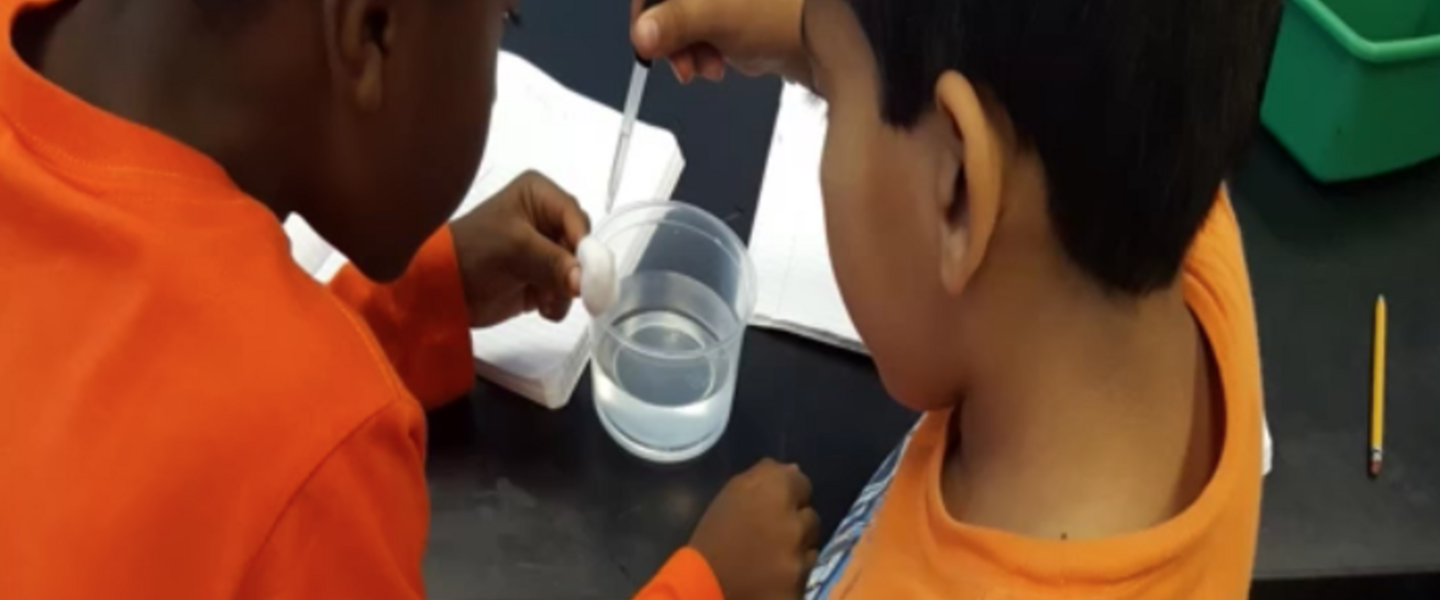
Section Branding
Header Content
DES Tigers Are Roaring About Science Labs!
Primary Content

Dunwoody Elementary School is a DOE Georgia STEM Certified School. The Science Lab uses STEM challenges and experiments, documented in each student’s journal, to enrich the science and math curriculum.
Dunwoody Elementary School (DES) Tigers are “ROARING” to get to the Science Lab. Weekly, K-3rd grade students learn about science/math concepts or design challenges based on their curriculum, and on Friday they have a Lego design challenge that complements their weekly learning. We see fourth and fifth grades on a six day rotation, but the delivery is similar to K-3. Some examples are shared below:
Kindergarten learned how to sort and count using a variety of materials including Legos. They practice during the week sorting themselves by their shirt color, shoe color, shoe type, and sort buttons etc. Lego challenge on Friday is to sort the Legos by color and then by shape as an assessment of the learning the concept.
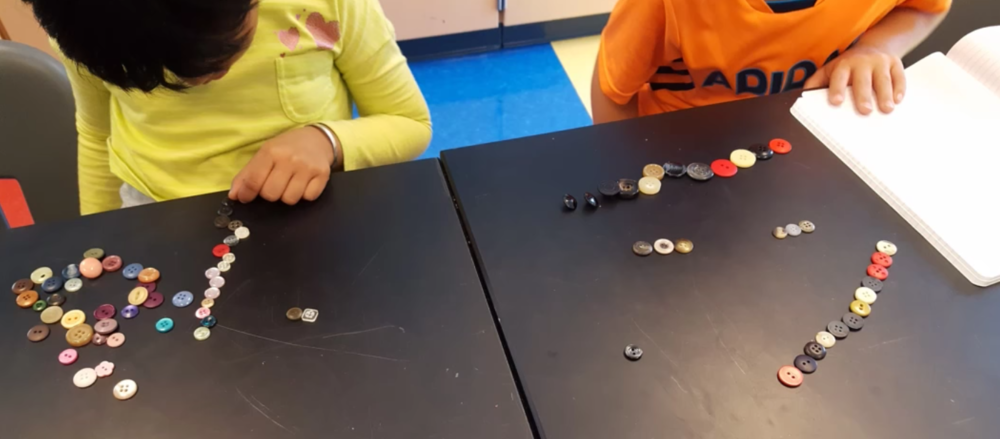
First grade learned about the water cycle and applied that concept to boiling water in a beaker on a hot plate. They conducted an experiment using cotton balls and a water dropper to see how many drops of water the cotton ball would hold prior to it “raining.” The Lego design challenge was to build the water cycle and explain it to each other.
Third grade learned about habitat and then use Legos to build an animal from their habitat with items needed for the animal to survive. They redesign their animal to make it bigger and/or include missing parts such as noses, ears, and rounded backs.
Fourth grade uses the Lego Wedo to build predators and prey, and fifth grade uses them to create unique animals they design and present their classifying characteristics to the class.
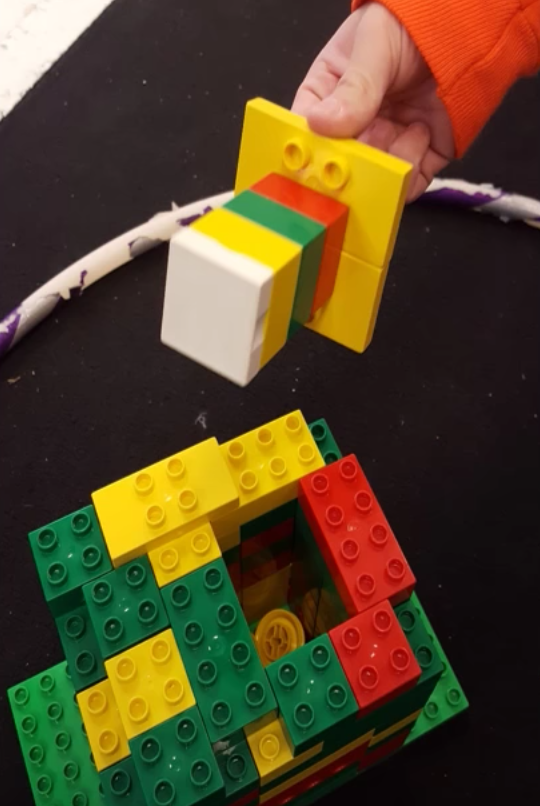
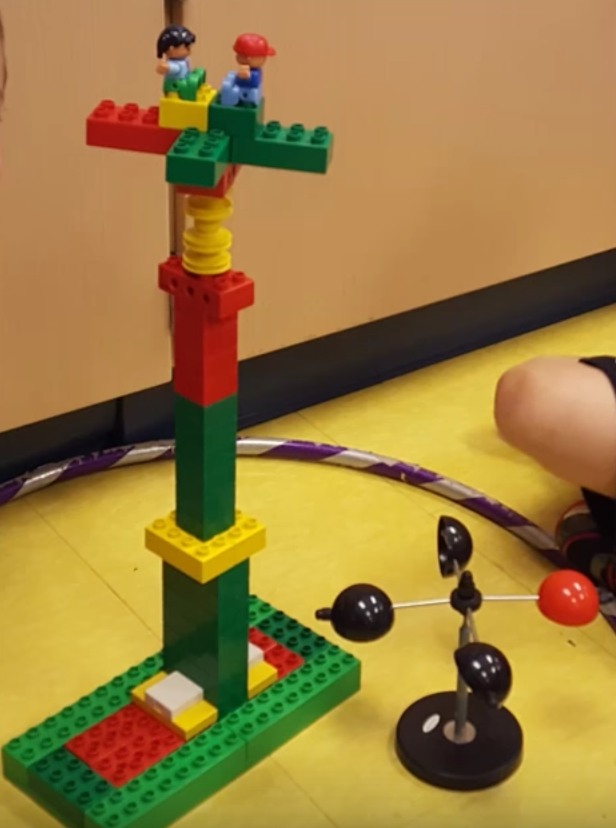
Fifth grade students explored planting a flower bed and researched plants for the area. They used the internet to look up flowers and select the plants they liked based on size of the plants, our zone, and the sunlight requirements. They marked off the area of the bed to determine the size of the bed and the amount of plants needed for the area. This real world opportunity enriched their learning of the plant classification unit.
We invite outside experts to bolster our STEM experience. Georgia Tech brought their Laser Show to school where all students got to experiment with the interactive displays. UGA’s Bio-Bus has been to visit fifth grade, utilizing Fernbank Science Center, and parent volunteers to speak about STEM careers in all grades.
Fifth grade benefited from my participation in the Georgia Intern Fellowship for Teachers at Georgia Tech. The Harmful Bacteria unit I developed included researching bacteria, viewing the bacteria under the microscope, using the arts to communicate their research, and an engineering design challenge. Students made models and journal entries (below) about their design, which simulated the research conducted under the guidance of Dr. Peter Hesketh in the nanotechnology building at Georgia Tech.
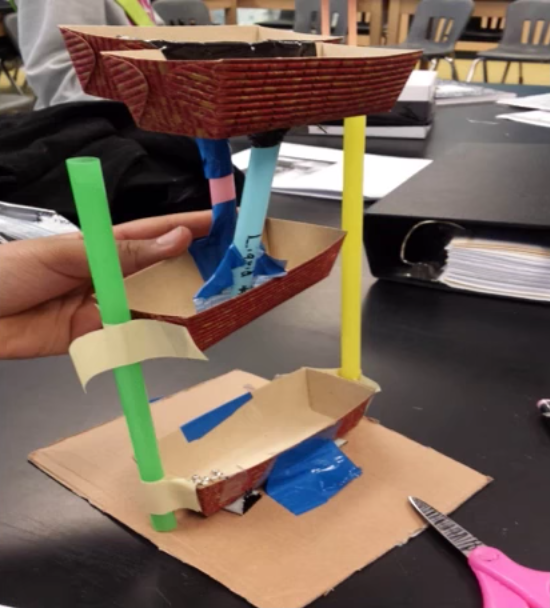
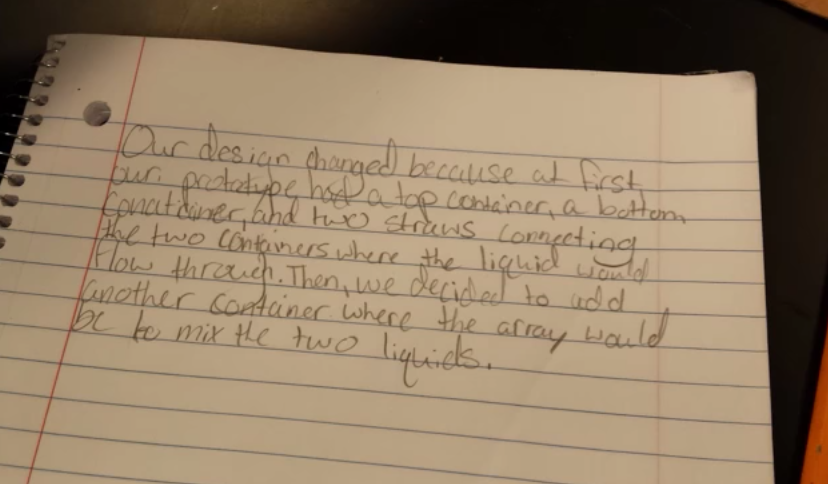
Dunwoody Elementary School, using the engineering design process and focusing on STEM, encourages students to learn through experimenting/creating solutions in academic and non-academic classes. Check out video below for more student projects and lessons!
Dunwoody Elementary School is a GaDOE STEM Certified School. The Science Lab uses STEM challenges and experiments, documented in each student’s journal, to enrich the science and math curriculum.
Dunwoody Elementary School (DES) Tigers are “ROARING” to get to the Science Lab. Weekly, K-3rd grade students learn about science/math concepts or design challenges based on their curriculum, and on Friday they have a Lego design challenge that complements their weekly learning. We see fourth and fifth grades on a six day rotation, but the delivery is similar to K-3. Some examples are shared below:
Kindergarten learned how to sort and count using a variety of materials including Legos. They practice during the week sorting themselves by their shirt color, shoe color, shoe type, and sort buttons etc. Lego challenge on Friday is to sort the Legos by color and then by shape as an assessment of the learning the concept.
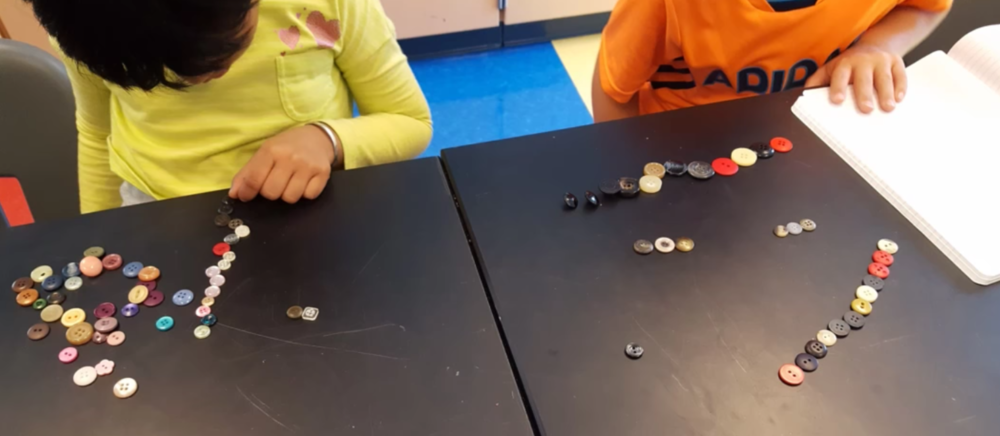
First grade learned about the water cycle and applied that concept to boiling water in a beaker on a hot plate. They conducted an experiment using cotton balls and a water dropper to see how many drops of water the cotton ball would hold prior to it “raining.” The Lego design challenge was to build the water cycle and explain it to each other.
Third grade learned about habitat and then use Legos to build an animal from their habitat with items needed for the animal to survive. They redesign their animal to make it bigger and/or include missing parts such as noses, ears, and rounded backs.
Fourth grade uses the Lego Wedo to build predators and prey, and fifth grade uses them to create unique animals they design and present their classifying characteristics to the class.
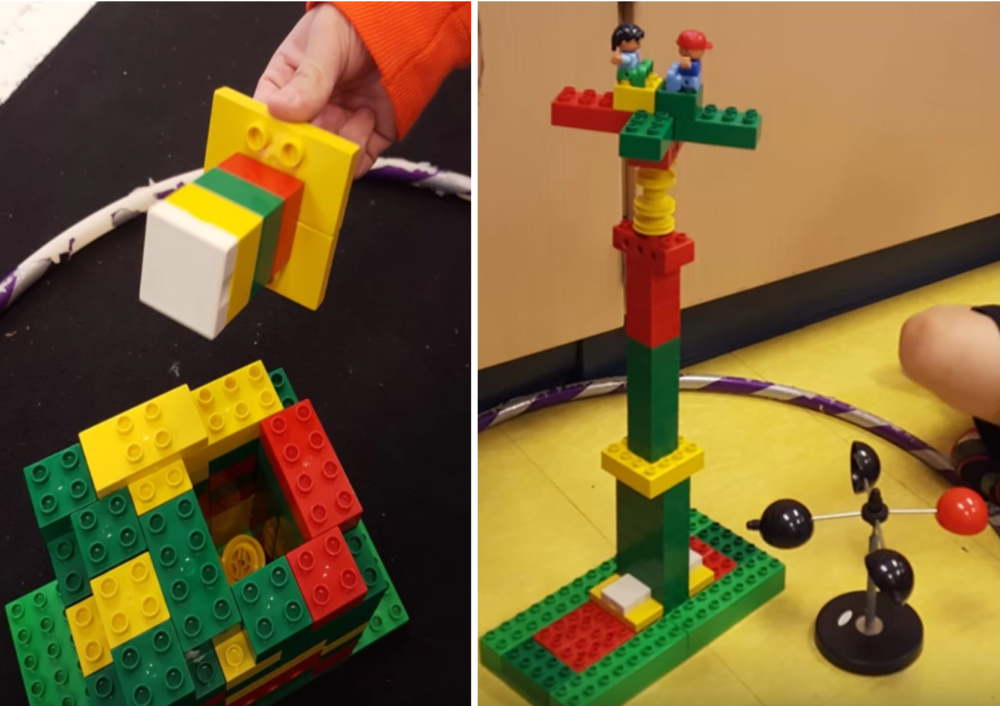
Fifth grade students explored planting a flower bed and researched plants for the area. They used the internet to look up flowers and select the plants they liked based on size of the plants, our zone, and the sunlight requirements. They marked off the area of the bed to determine the size of the bed and the amount of plants needed for the area. This real world opportunity enriched their learning of the plant classification unit.
We invite outside experts to bolster our STEM experience. Georgia Tech brought their Laser Show to school where all students got to experiment with the interactive displays. UGA’s Bio-Bus has been to visit fifth grade, utilizing Fernbank Science Center, and parent volunteers to speak about STEM careers in all grades.
Fifth grade benefited from my participation in the Georgia Intern Fellowship for Teachers at Georgia Tech. The Harmful Bacteria unit I developed included researching bacteria, viewing the bacteria under the microscope, using the arts to communicate their research, and an engineering design challenge. Students made models and journal entries (below) about their design, which simulated the research conducted under the guidance of Dr. Peter Hesketh in the nanotechnology building at Georgia Tech.
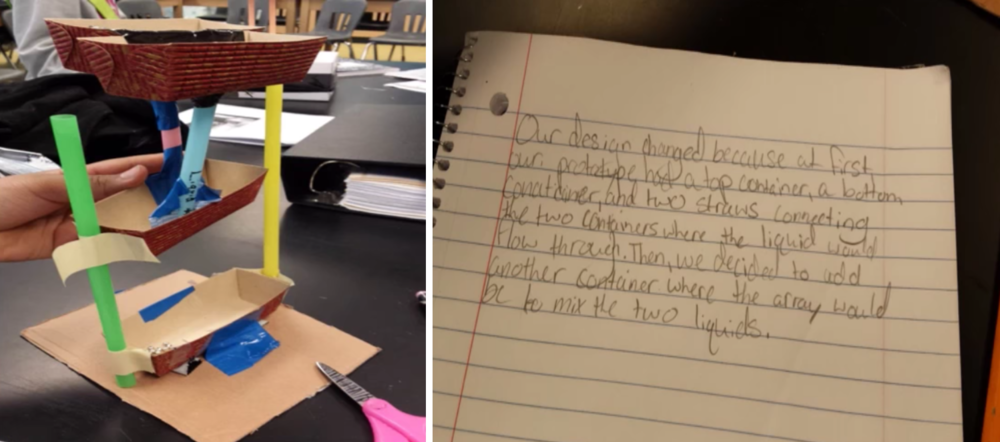
Dunwoody Elementary School, using the engineering design process and focusing on STEM, encourages students to learn through experimenting/creating solutions in academic and non-academic classes. Check out video below for more student projects and lessons!
